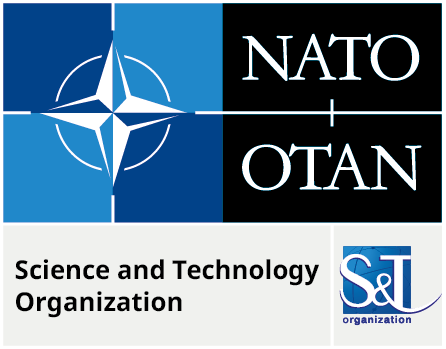Author(s): Mario De Stefano Fumo; Diletta Sciti; Luca Zoli; Lorenzo Cavalli; Alessandro Airoldi
|
This report gives an overview of material research for high temperature applications focused on hypersonic systems. It covers manufacturing routes, modelling and relevant environmental testing of advanced high temperature materials as CMC and UHTCMC beyond coupon level.
Citation:
ABSTRACT
Although the first hypersonic flight was achieved over 70 years ago, there has been increasing interest from a broader audience due to modern engineering advances that are poised to revolutionize defensive capabilities, sub-orbital travel, and rapid access to space. When vehicle speeds pass supersonic conditions and enter the hypersonic regime (conventionally fixed to Mach 5) the physics of external aerodynamic flows become dominated by aerothermal heating rather than aerodynamic forces. Aerodynamic compression and friction in stagnation and off-stagnation points create high enthalpy gas dynamics that impart additional physical phenomena from the energy exchange of a superheated atmosphere. This superheated atmosphere results in high heat fluxes (some orders of magnitude greater than the 1.4 kW/m2 from the sun); extreme thermal gradients (changing from -170°C to 3,000°C across distances of order 1 cm); high stagnation pressures (∼105–107 Pa); and destructive plasma from gas ionization, which can strongly accelerate materials oxidation. All of these formidable phenomena must be accommodated by materials in the principal subsystems of a hypersonic vehicle: aeroshell/primary structure, leading edges, control surfaces, acreage thermal protection, propulsion, and guidance systems. Developing engineering materials for hypersonic vehicles has become the focus of cutting-edge research and these materials are presently rate-limiting steps for the resilience of structures during operation in extreme environments, adding complexity and cost to material system development. For these reasons, the performance of future defence platforms is highly reliant upon the emergence of materials able to withstand repeated operation at very high temperatures (>1,500°C) while subjected to high stresses from aerothermal and manoeuvre loads, severe thermal gradients, extreme thermal shocks, and particle impacts while also enduring exposure to high speed, sometimes ionized, reactive gas flows. Examples include components for the hot sections of turbine or scram jet propulsion systems, rocket nozzles, hypersonic leading edges, thermal protection systems of re-entry vehicles and aerothermal structures of high-speed interceptors. During the last thirty years in Europe, C/SiC solutions have been developed during different re-entry spacecraft projects (X-38, EXPERT, IXV) with the operative requirement of a single mission at temperatures up to 1700° C. Another more recent solution is the material class of the Ultra High Temperature Ceramics Matrix Composites (UHTCMC). These materials are mainly based on matrices of metal borides reinforced with carbon fibres and aim to reach operating temperatures above 2,000°C. Recent works demonstrated their potential for use as thermal protections and hot structures for hypersonic vehicles and re-entry systems. The design of high temperature ceramic matrix composites (CMC) and UHTCMC structures for reusable systems will solve a series of significant critical issues due to the complex behaviour of the orthotropic materials characterized by multiple modes of damage often interacting. Furthermore, the degradation of the mechanical characteristics of the material, subject to mechanical and thermal cycling conditions in space environment and hypersonic flight in oxidizing environment. For these reasons, the design approach is presently based on very conservative criteria and, in parallel, extensive experimental activities are needed to certify materials and components. This report presents numerical modelling supported by materials characterization and experiments conducted in a relevant environment. In particular, modelling activities have been carried out with the objectives of: providing suitable macroscale models describing the mechanical behaviour of the involved CMCs and confirming an understanding of the mechanical, thermal and chemical phenomena at work during operation. Thanks to plasma wind tunnel facilities available at the Italian Aerospace Research Centre, testing in a relevant environment in dedicated facilities allowed closing of the circle by means of verifying the initial requirements with the identified materials solutions.


